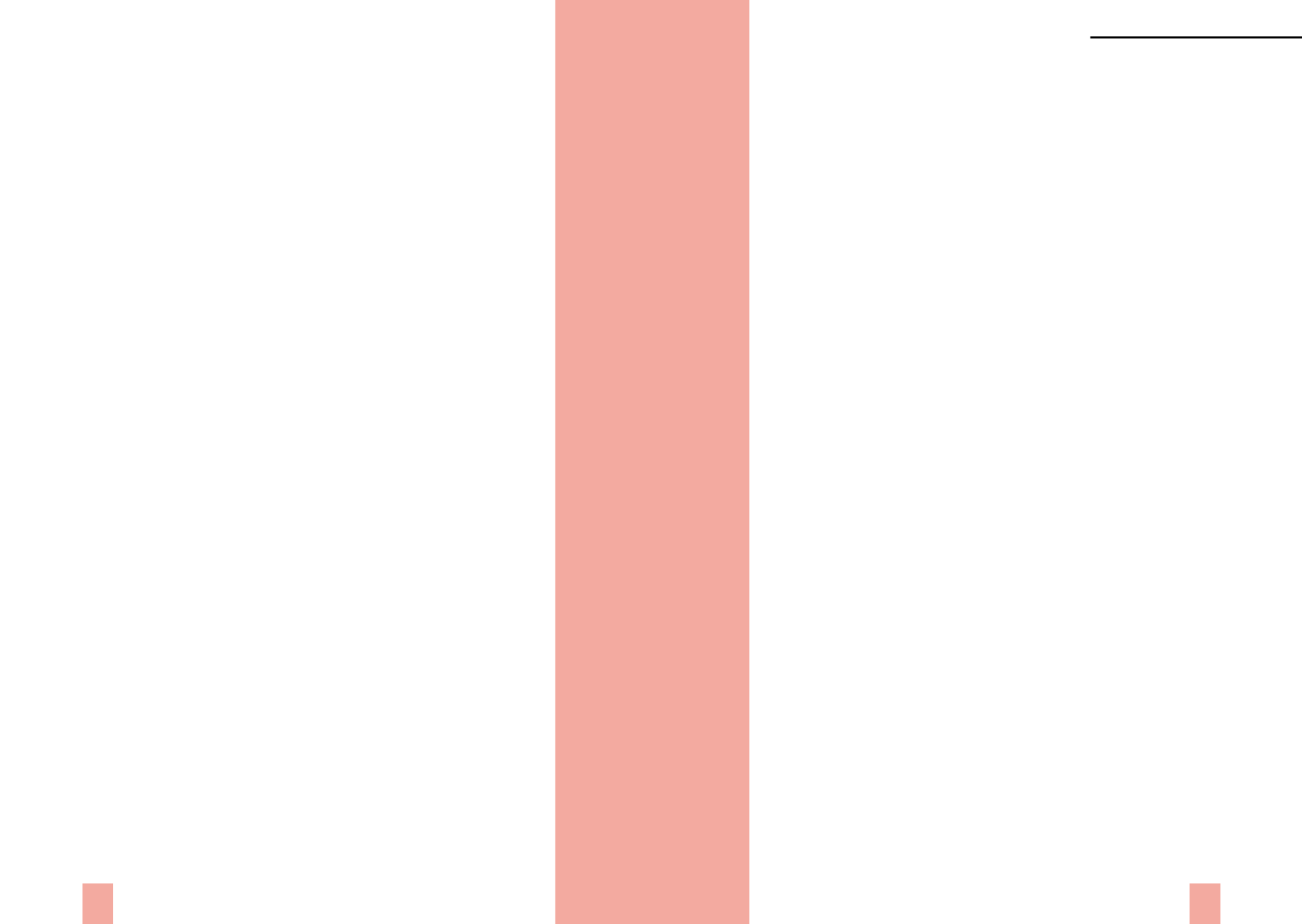

THE SPEAKING BODY
Xth Congress of the WAP,
Rio de Janeiro 2016
521
520
Laurent, Éric.
Psychoanalysis and Our Time
(2011), [LI 43/44, 2014]
“The language of the unconscious is traumatic. It destroys the illusions of the
ego or the illusions of being in charge. At the same time, the dream is not the
ultimate word of the psychoanalytic experience. The dream is a delusionary
satisfaction of desire. At the same time, the dream itself invents the way in
which we can wake up.”
p. 127
Laurent, Éric.
Loss and Cognition
[LIC, 2014]
“What has been lost in the cognitive stance—
lost in cognition
—is the originality
of the Freudian unconscious. Precipated from speech, this unconscious finds
its locus in a written form and not in traces. Its locus lies outside the body. It is
articulated to the body of living beings, however, by experiences of jouissance
that remain unforgettable.”
p. XIII
Lebovitz-Quenehen, Anaëlle.
The Spice in the Grain
. Trans.: P. King
[HB, 10, 2013]
“For even if the shock of
lalangue
is lawless, and devoid of logical rule, the logic
can still be introduced afterwards through the signifying elaboration that makes
up an analysis. The road thus travelled took the form of a retroactive recovery:
it was necessary to go through psychoanalysis and its signifying elaboration in
order to get to the outside-of-meaning [
le hors sens
].”
p. 173
Mandil, Ram.
Some Ideas of the Act of Reading in Psychoanalysis
.
LCE 2(2), 2012
“At this point it might be useful to examine the relation between reading a
symptom and reading the unconscious. We can consider both the overlap
between them and that which sets them apart … On the one hand, we may
consider the symptom as something that is fixed, something that has not run
away, which is a sign of its relation to the real. On the other hand, from the
perspective of its fleeting phenomena or from its formations, the unconscious is
much more than the symptom.”
p. 5
“We can only read a formation of the unconscious, or a lapsus, the way we read
Finnegans Wake
, in the sense that both can be read in an infinite number of
ways. Moreover, they both can be read sideways and/or badly.”
p. 5-6
“Lacan remarks that in the analytical discourse we suppose that the subject
of the unconscious is one who knows how to read. Not only that, we also
suppose that it can learn how to read. Nevertheless, Lacan ends this lesson in
an enigmatic way, by stating that what the subject of the unconscious can learn
about reading has nothing to do ‘with what you can write about.”
p. 6
“In this sense, our interest in reading the unconscious should move to the
reading of symptom. One can think, in fact, that there is a part of the symptom
that answers to the reading of the unconscious. However, what is really
important is how one can read a symptom as a remainder, as something that
remains, that repeats, producing a meaningless juissance to the subject.”
p. 8
Price, Adrian.
In the Nebohood of Joyce and Lacan
[LCE 2(14), 2014]
“In other words, the texts would ostensibly harbour something of the subject’s
unconscious. Now, there is something contradictory in this notion of an
unconscious that would be legible in the absence of a speaking subject.
Psychoanalysis is fundamentally a practice that allows the subject to speak, that
prompts the subject to speak in a particular way. Indeed, to develop an ethics of
speaking. Without this speaking subject, analysis as such has no purpose.”
p. 4-5
Ragland, Ellie.
The Discourse of Science, the Imaginary Axis and
a Concept of the Differential, From the Perspective of Lacan’s
Psychoanalytic Topological Logic
[RT 5, 2010]
“In Lacan’s teaching, the signifier creates a real hole in the seeming consistency
of thinking and being of the speaking subject, a hole Lacan calls the unconscious
and designates topologically as a torus. It also forms the
sinthome
which knots
the orders together as an elaboration of the signifier for the Father’s Name.
Such categories would normally be rejected by symbolic logic or pragmatic
philosophies, precisely because their logic is contradictory and paradoxical.”
p. 72
Ragland, Ellie.
The Renaissance Subject and the Generic Object
[RT
6, 2011]
“A Lacanian psychoanalytic answer as to why theories never pin down final
answers or final meanings would point to the real absences that inhabit
language. Freud called this mysterious phenomenon a continent of powerful
but mercurial knowledge: the unconscious. Lacan has pointed to the structure
of language as being
like
the structure of the unconscious. That is, gaps and
overlaps perforate every use of language, revealing the associative comings
and goings of signifying chains, made up of multileveled intersecting orders.
Lacan called the Imaginary, the Symbolic and the Real, categories that join the
individual to society in an explicit continuity, a phenomenon Lacan called the
topology of the subject.”
p. 17
Authors of the Freudian Field



















